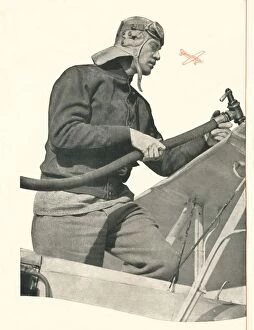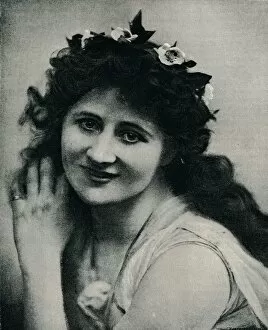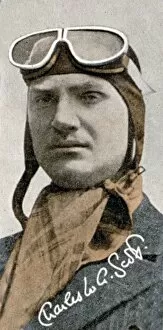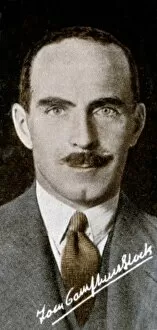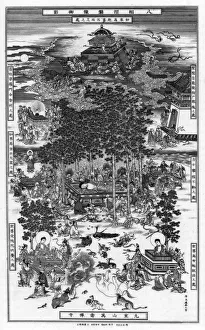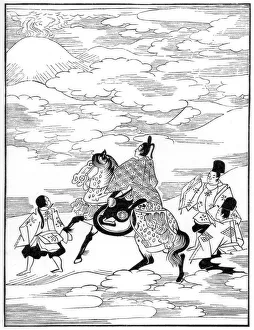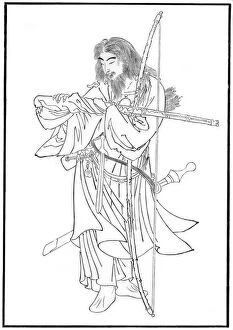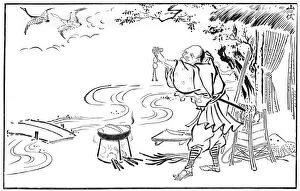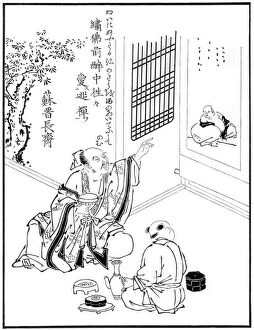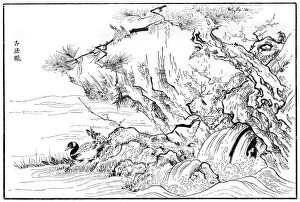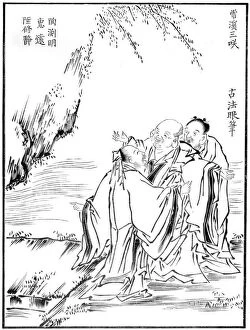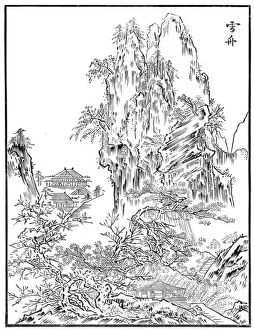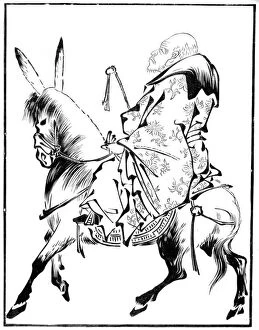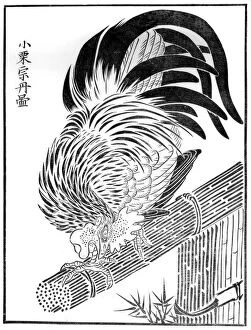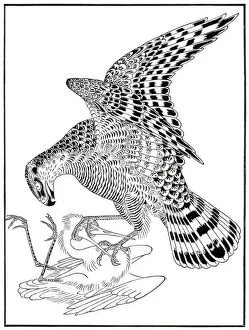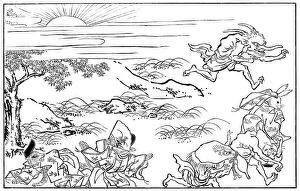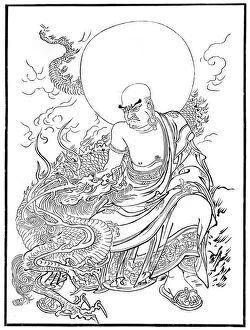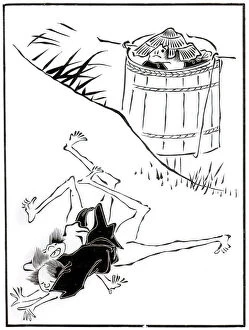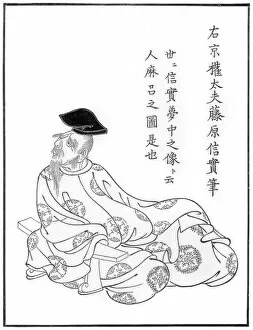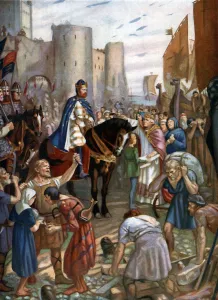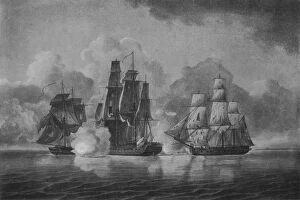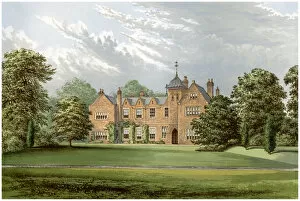William Anderson Glass Place Mat Collection (#7)
Introducing the William Anderson Artists Collection of Glass Place Mats from Media Storehouse. These elegant and stylish place mats showcase the beautiful artwork of renowned artist William Anderson. Each piece is meticulously crafted from high-quality glass, adding a touch of sophistication to any dining table. The vibrant colors and intricate designs are sure to impress, making your meals a true feast for the eyes. Perfect for adding a personal touch to your home or as a thoughtful gift for any art lover. Experience the fusion of art and functionality with the William Anderson Artists Collection of Glass Place Mats from Media Storehouse.
William Anderson is a renowned artist and arts educator who has been creating art for over 20 years
384 Glass Place Mats
All Professionally Made to Order for Quick Shipping
-
William Anderson Glass Place Mat Collection
William Anderson is a renowned artist and arts educator who has been creating art for over 20 years. His work focuses on themes of identity, culture, and history. He has exhibited his work in galleries around the world, including the Museum of Modern Art in New York City. Anderson also works as an arts educator, teaching classes in painting and drawing at various universities across the United States. He is passionate about creating art that speaks to people from all walks of life and encourages them to explore their own identities through creative expression. His artwork has been featured in numerous publications and he continues to inspire generations of artists with his unique style and vision.
+
Our beautiful Wall Art and Photo Gifts include Framed Prints, Photo Prints, Poster Prints, Canvas Prints, Jigsaw Puzzles, Metal Prints and so much more
The William Anderson collection, available on Media Storehouse, is a stunning selection of wall art, framed prints, photo prints, canvas prints, jigsaw puzzles and greeting cards. Our collection features the works of William Anderson (1842-1900), an English artist known for his beautiful landscapes and seascapes. His paintings are characterized by their vivid colors and intricate details that capture the essence of nature in all its glory. Our collection includes some of Anderson's most famous pieces such as "A Summer Day at the Beach" and "Sunset over the Sea". These artworks are perfect for adding a touch of elegance to any room in your home or office. Whether you prefer traditional framing or modern canvases, there is something here for everyone. In addition to being great decorative pieces, these artworks also make wonderful gifts for friends and family who appreciate fine art. With so many options to choose from in this collection, you're sure to find something that will suit your taste perfectly.
+
What are William Anderson (Artists Arts) art prints?
William Anderson art prints are high-quality reproductions of the artist's original works. These prints capture the essence and beauty of Anderson's paintings, which often depict serene landscapes and nature scenes. The prints are created using advanced printing techniques that ensure accurate color reproduction and sharp details. Anderson is known for his use of vibrant colors and bold brushstrokes, which give his paintings a unique energy and vitality. His art prints are perfect for adding a touch of natural beauty to any room in your home or office. Whether you're looking for a stunning landscape to hang above your fireplace or an inspiring piece to brighten up your workspace, William Anderson art prints offer something for everyone. With their timeless appeal and exceptional quality, these prints make great gifts for anyone who appreciates fine art.
+
What William Anderson (Artists Arts) art prints can I buy from Media Storehouse?
We offer a wide range of William Anderson art prints that you can purchase. These prints showcase the artist's unique style and creativity, featuring various themes such as landscapes, animals, abstracts, and more. You can choose from different sizes and formats to suit your preferences. Some of the popular William Anderson art prints available on Media Storehouse include "The Blue Mountains," "Autumn Leaves," "Birch Trees in Winter," "Majestic Elephant," and "Abstract Composition." Each print is produced using high-quality materials to ensure durability and longevity. Whether you're looking for a stunning piece of artwork to decorate your home or office space or searching for a thoughtful gift for someone special, we have got you covered with our extensive collection of William Anderson art prints.
+
How do I buy William Anderson (Artists Arts) art prints?
To purchase William Anderson's art prints from Media Storehouse, you can browse our online gallery and select the artwork that catches your eye. Once you have found a piece you like, simply click on it to view more information about the print. From there, add the desired size and quantity to your cart and proceed to checkout. You will be asked for your shipping and payment details before finalizing your order. We offer a wide range of printing options including canvas, framed prints, posters, and more. We also offer customization options such as choosing different frames or adding matting to enhance the presentation of the artwork. If you have any questions or concerns during the purchasing process, we have excellent customer service available via phone or email to assist with any inquiries. With our extensive collection of high-quality art prints from talented artists like William Anderson, finding beautiful pieces for your home or office is easy and convenient through Media Storehouse.
+
How much do William Anderson (Artists Arts) art prints cost?
We offer a wide range of William Anderson art prints that vary in price depending on the size and type of print. Our collection includes high-quality giclee prints, canvas prints, and framed prints that are perfect for adding a touch of elegance to any space. The prices for these art prints are competitive and affordable, making them accessible to anyone who wants to own a piece of William Anderson's stunning artwork. We take pride in offering our customers exceptional quality products at reasonable prices without compromising on the quality or authenticity of the artwork. Whether you're looking for an eye-catching centerpiece for your living room or a unique gift for someone special, our selection of William Anderson art prints has something to suit every taste and budget.
+
How will my William Anderson (Artists Arts) art prints be delivered to me?
We take great care in delivering your William Anderson art prints to you. We use high-quality packaging materials to ensure that your artwork arrives safely and undamaged. Depending on the size of the print, it may be shipped flat or rolled in a sturdy tube. We work with trusted shipping partners who provide reliable delivery services worldwide. Once your order is processed and shipped, you will receive an email confirmation with tracking information so that you can monitor the progress of your shipment. We understand how important it is for our customers to receive their orders promptly and in perfect condition. That's why we go above and beyond to ensure that every aspect of the delivery process is handled with care and attention to detail. You can trust us to deliver your William Anderson art prints safely and securely straight to your doorstep.

